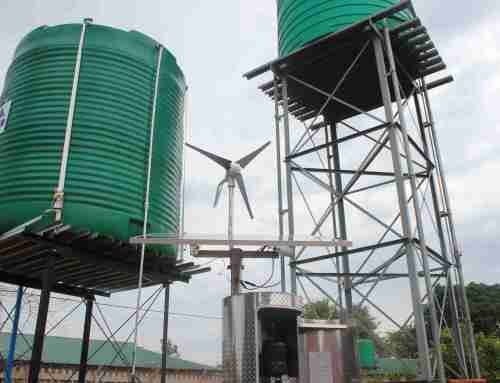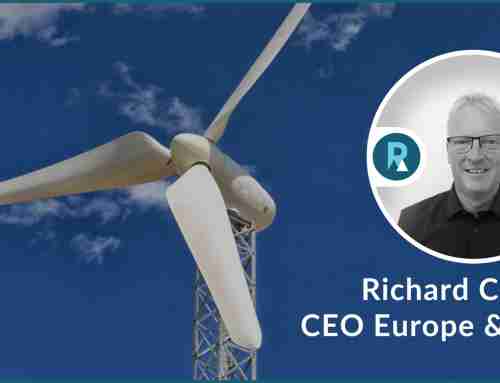With economic shutdowns across the globe, and countries and industries closing their doors until the coronavirus curve can be flattened, the world is a quieter place. This has resulted in a sharp reduction in car traffic and commercial flights, with greenhouse gas emissions falling around the globe.
Despite this short-term reduced emissions bubble, global economies will re-open. And with this, a surge in global energy demand.
According to the IEA, global energy consumption in 2018 increased at nearly twice the average rate of growth since 2010, and even with solar and wind posting double digit growth – oil and gas demand continues to rise.
With growth in demand, comes growth in emissions, and oil and gas production accounted for the majority of carbon dioxide emissions in 2018, a total of 18.6 gigatons.
In the past this may not have been an issue, as EBITDA performance outweighed emissions and environmental concerns for shareholders, but more recently climate change and sustainability initiatives have been built into the new age energy giants.
This might be because climate change has been more apparent than ever, making mainstream news on a daily basis.
The West Coast of the US and Eastern Australia have suffered serious and devasting bushfires for months on end, resulting in economic, wildlife and human loss. Greenland is losing ice seven times faster than it was in the 1990s, meaning an additional 7cm of ocean rise could now be expected by the end of the century threatening to put many millions more people in low-lying coastal regions at risk of flooding. In many regions, water scarcity is a real threat, and by 2025, two-thirds of the world’s population may face water shortages.
Now the pressure is mounting on governments, and in turn, oil and gas players to make an impact. They are looking to become more sustainable and recognize the public outcry.
But how can these giants of the industry make a dent in offsetting their emissions?
Norway’s Equinor, formally Statoil, was one of the first in the green revolution, rebranding in 2018 to become a broader energy company, developing a strong renewables portfolio, rather than focus only on oil.
In February, BP pledged to be a net-zero company, including their oil and gas production and across all BP operations by 2050 or sooner. Just last month, Shell followed with their pledge to be a net-zero emissions energy business in the same time frame.
Within the region, ADNOC plans to decrease its greenhouse gas emissions intensity by 25 percent by 2030. In Saudi, Aramco’s corporate venture capital arm is preparing to launch a new $500 million fund to invest in energy efficiency and renewable energy solutions as well as new oil and gas technologies.
Equity investments and venture funds focused on innovative new technologies in renewable energy and energy storage solutions will pave the way for a diversification of revenue streams in
the future. And whilst debt-based investments in large scale renewable energy projects will build a pipeline of strong carbon-offsetting developments, to make an immediate impact on emissions in the short-term, oil and gas companies are quickly turning to decentralized off-grid renewable energy solutions to make not only an environmental impact, but an economical move again the high cost of diesel.
Diesel generation in remote locations such as pipelines, accommodation and on and offshore facilities are a significant expense for oil and gas companies which require electricity supply, but have a shortage of reliable options. The cost per kilowatt hour of electricity based on diesel can reach over $1 in some locations, factoring in transport, maintenance and opera
tions. There is intangible expense too, including environmental and health hazards for those who live or work close by.
Utilising small-scale wind, solar PV and energy storage, oil and gas companies are turning these off-grid locations green, and saving in some circumstances over 60%, whilst reducing in their carbon footprint in the process. This makes the choice to implement off-grid hybrid renewables a simple one when the cost reductions are so staggering. Making a green decision, an economical decision.
The investment into renewables
at a strategic and operational level indicates a fundamental shift in Big Oil, and how the majors deal with the new energy transition will determine their future.
Can they continue to adapt
? We hope they can.
Iain Munro, Strategy Director, Ryse Energy
A global leader in decentralized renewable energy
ryse.energy



Leave A Comment
You must be logged in to post a comment.